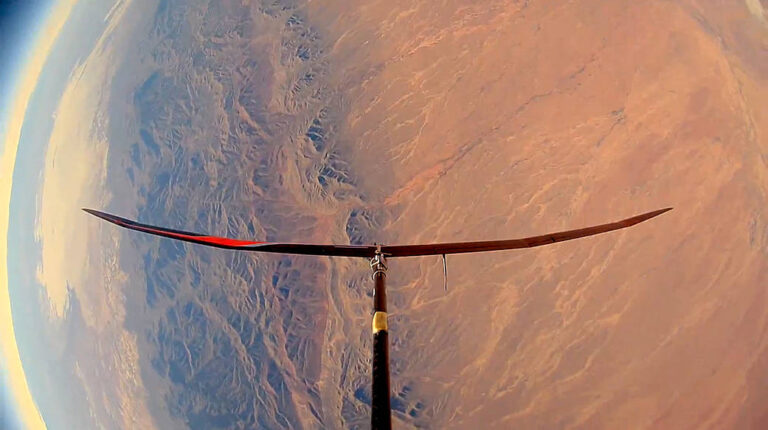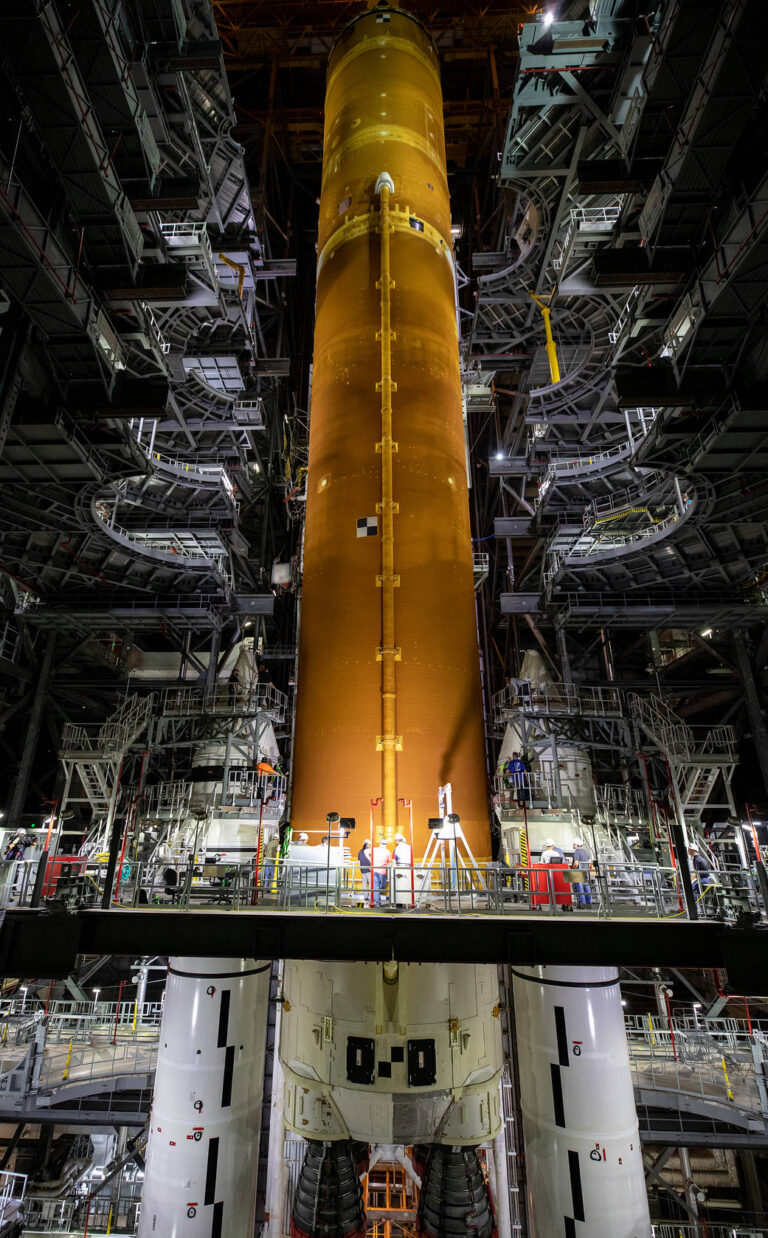更安静的超音速飞机的可视化影像
NASA’s X-59 Quiet SuperSonic Technology X-plane is designed to fly faster than the speed of sound without producing sonic booms – those loud, startling noises which can be disruptive to humans and animals. Currently, commercial aircraft aren’t allowed to fly faster than the speed of sound over land because of the objectionable sonic booms they cause for those on the ground. This experimental plane will fly at a cruise speed roughly double that of a commercial jet while keeping aircraft noise down to a quiet “sonic thump” – or even no sound at all – as heard on the ground when the plane flies overhead at supersonic speeds. To be sure the X-59’s design will perform within expected noise limits, NASA is working closely with…










